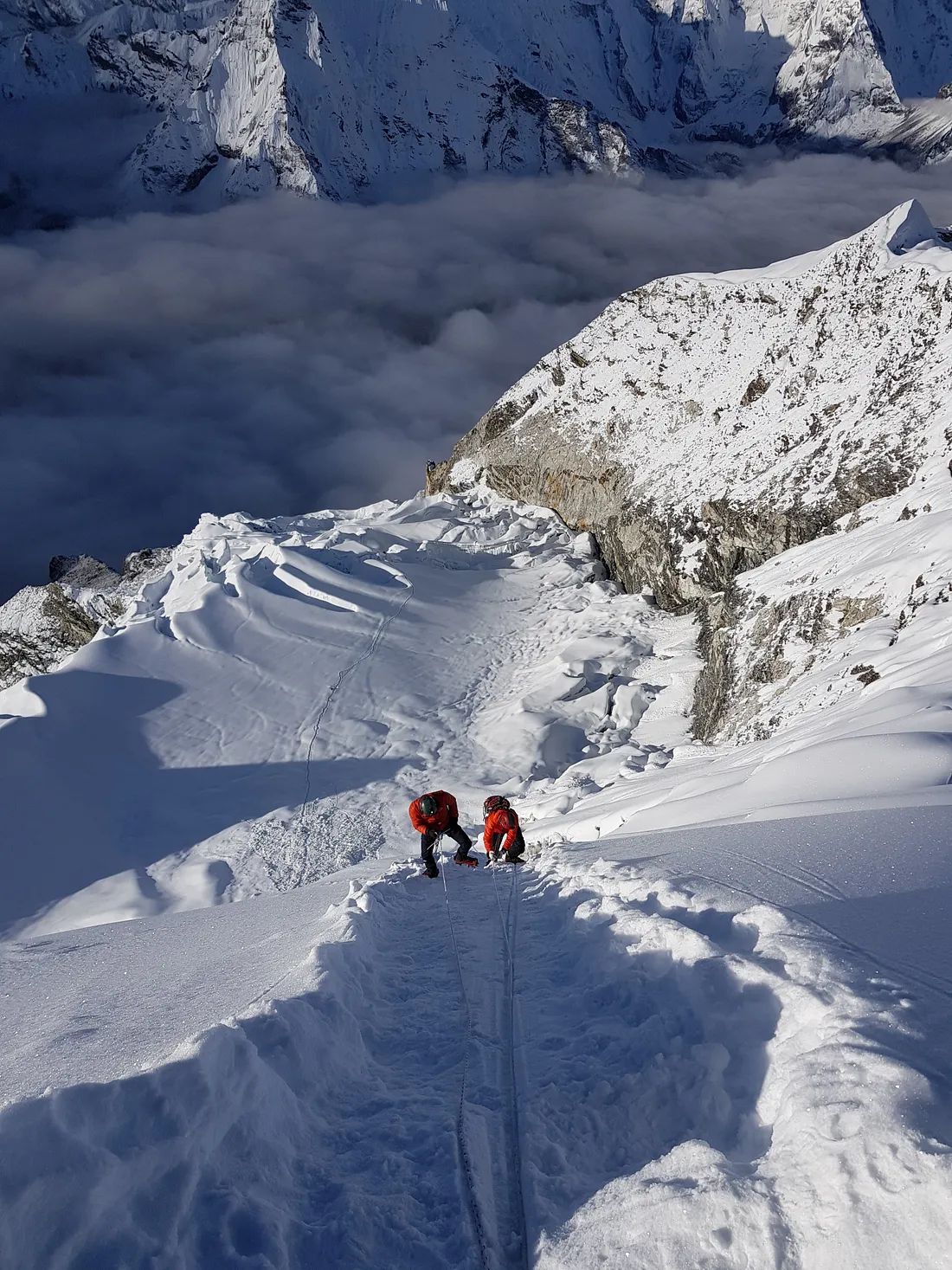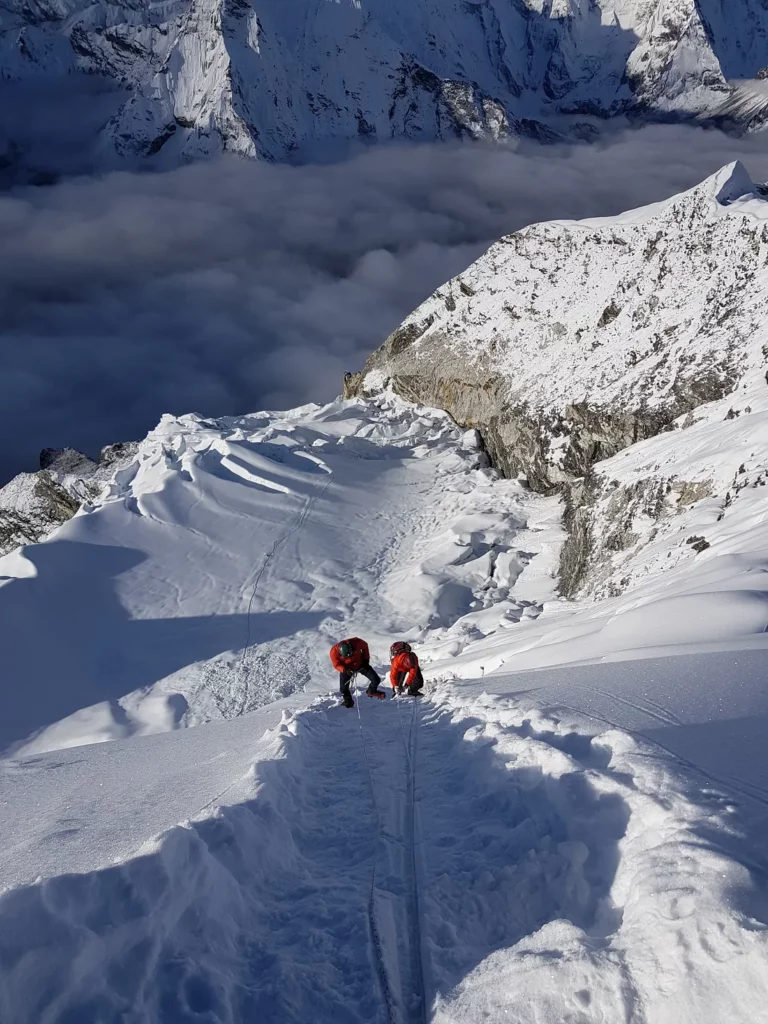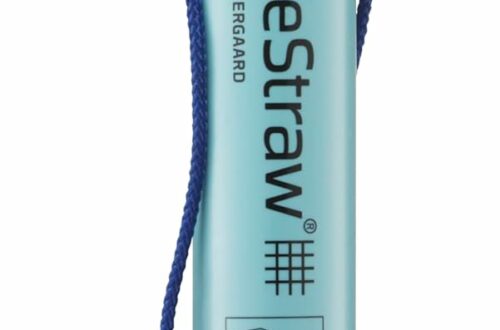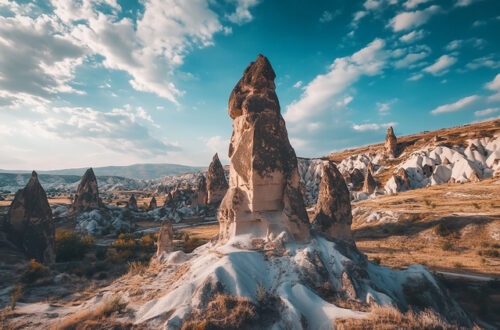
Island Peak for beginners with Ramsay Banna
Island Peak Summit
They call Island Peak a trekking peak. Don’t be fooled! While it is considered a starter peak and is the choice of beginners, it still sits at a daunting altitude of 6160m (20,210ft), is quite intimidating from up close, and would definitely put your physical preparation to the test.
Best Time
Typically, it is best to climb Island Peak during Autumn or Spring. It means you should go climbing in either March or Mid-September. During these times, the weather in most Nepali areas and the Himalayan region remains stable, which makes it ideal for climbing and trekking.
Since spring is also the right time for Mount Everest expeditions and the favourite season for most trekkers, you may contend for space in the teahouses. But once you get to the Island Peak camping site, the numbers will drop down largely because most people on the trails are only there for trekking.
It is also possible to climb in the winter if you have a lot of mountaineering experience behind you. After all, in the winter, temperatures are very low and touch around -30C. Not to mention, cold winds pack a strong punch.

Acclimatization Itinerary
You should consider a slow and steady way whenever you want to go on a climbing adventure at a high altitude. You should take 2 days of acclimatization on Island Peak climbing at Namche Bazar. Additional acclimatization of 2 days might also be required at Dingboche.
You will need to slow down multiple times to make sure that your body adapts to the high altitude and low temperature.
I often recommend to my friends to improve their training or exercise routine before going trekking and climbing. Climbing mountains is not a walk in the park; your body will tire itself out quickly. You should improve your workout routine and include multiple aerobic exercises for several months before your expedition.

Difficulty of the Climb
The Island Peak climb is ranked at 2B in terms of difficulty. Even if you are physically fit, the final 2 days of the climb are quite daunting. Breathing is hard, your muscles are screaming, and some parts of the climb are downright scary.
Taking your time on the way to base camp and giving yourself time to acclimatize will help tremendously.
Clothing and Gear
Since there are limits on how much weight you can carry, it is necessary to choose the right gear. I always advise my friends to not compromise on the quality of clothing and gear. You will depend a lot on your clothes at high altitudes in cold temperatures.
Some hikers think they can just rent gear and clothing in Nepal. Well, it is not something I suggest if you are not sure you can distinguish between good-quality stuff and a good-looking fake. You may end up putting yourself at a risk.
Food
During your adventure, you will come across many teahouses so you won’t go hungry. Be sure to drink around four to five liters of water daily. Some people recommend hydration tablets. Staying hydrated and having proper acclimatization will help you cope with the altitude.
You can consider making packed meals and bringing them in your bag. Since you will be trekking at high altitudes, your body may reject food and you might need food when a teahouse is not nearby.
Make sure to avoid alcohol consumption and smoking. Since you have not really adapted to these environments properly, your body will reject these substances. Thus, it is better to avoid them in the first place.
Go with a Guide
In the end, I advise you to go with a guide. Unless you are a seasoned climber and climbing Island Peak is your idea of a weekend escape, you will need professional assistance along the way.
Even though hiring a guide might be costly, it will make sure that you complete your adventure in a safe and secure environment.
Ramsay Banna, adventure enthusiast
I would love to hear your adventure stories!


